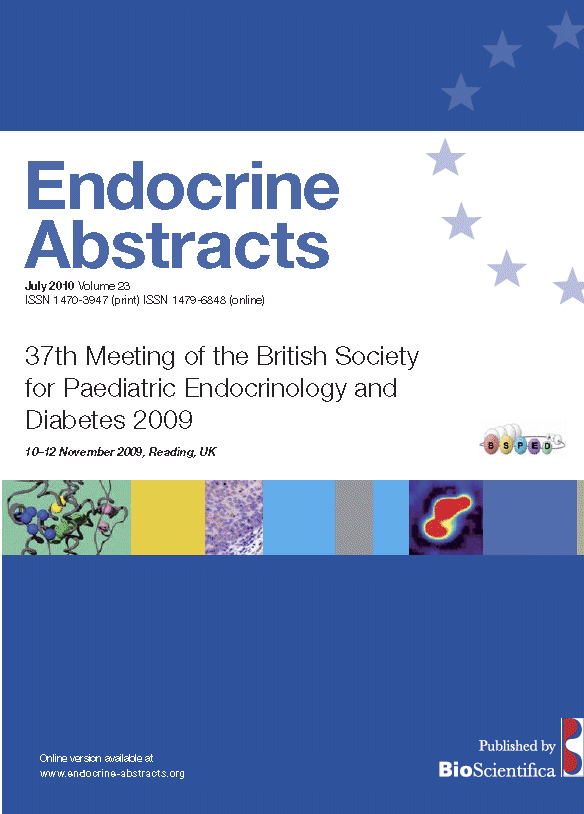Searchable abstracts of presentations at key conferences in endocrinology

37th Meeting of the British Society for Paediatric Endocrinology and Diabetes
Contents
- Speaker Abstracts
-
- (1)
-
-
ea0023s2
-
ea0023s6
-
ea0023s8
- Oral Communications
- Poster Presentations
-
- (1)
-
-
ea0023p3
-
ea0023p22



